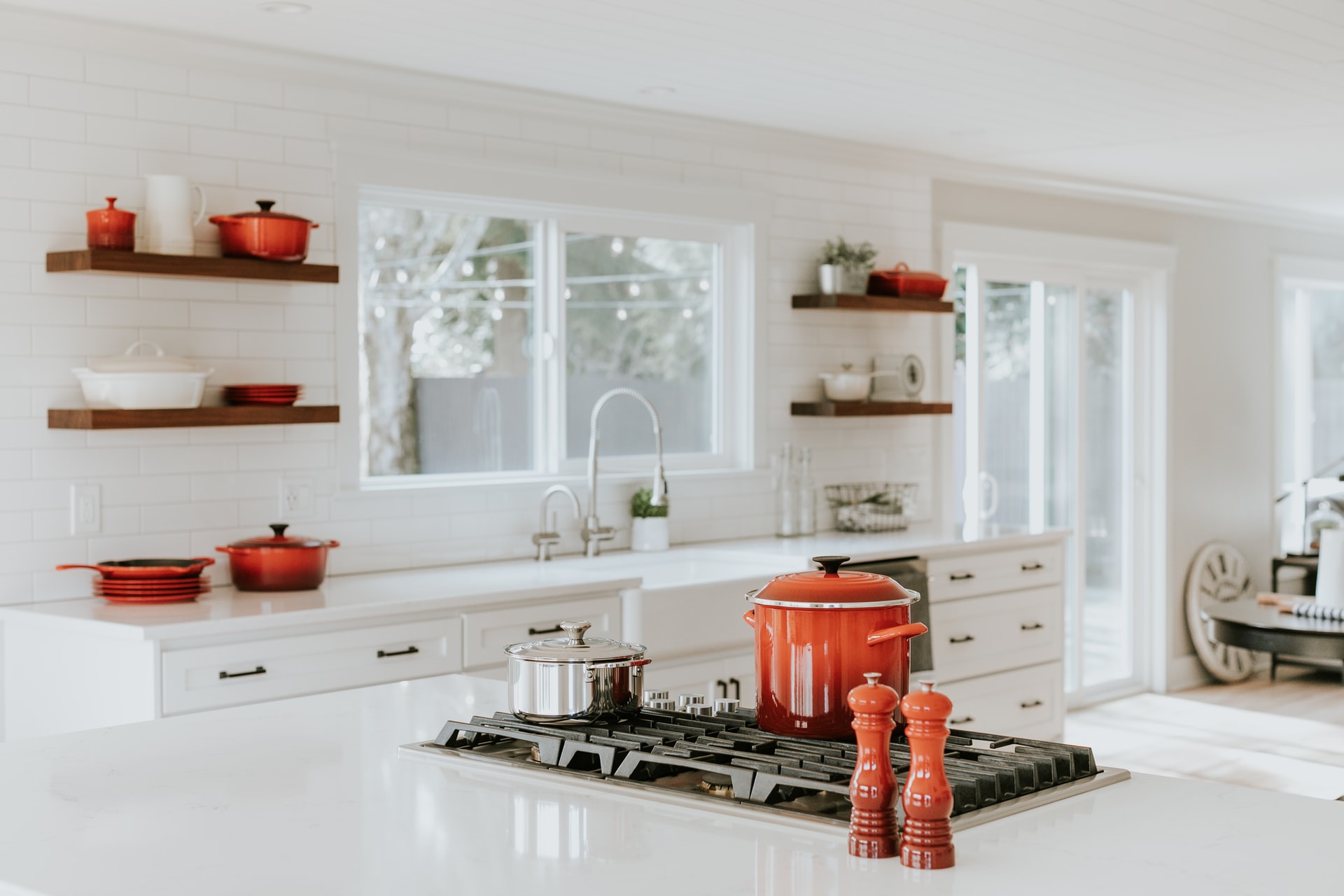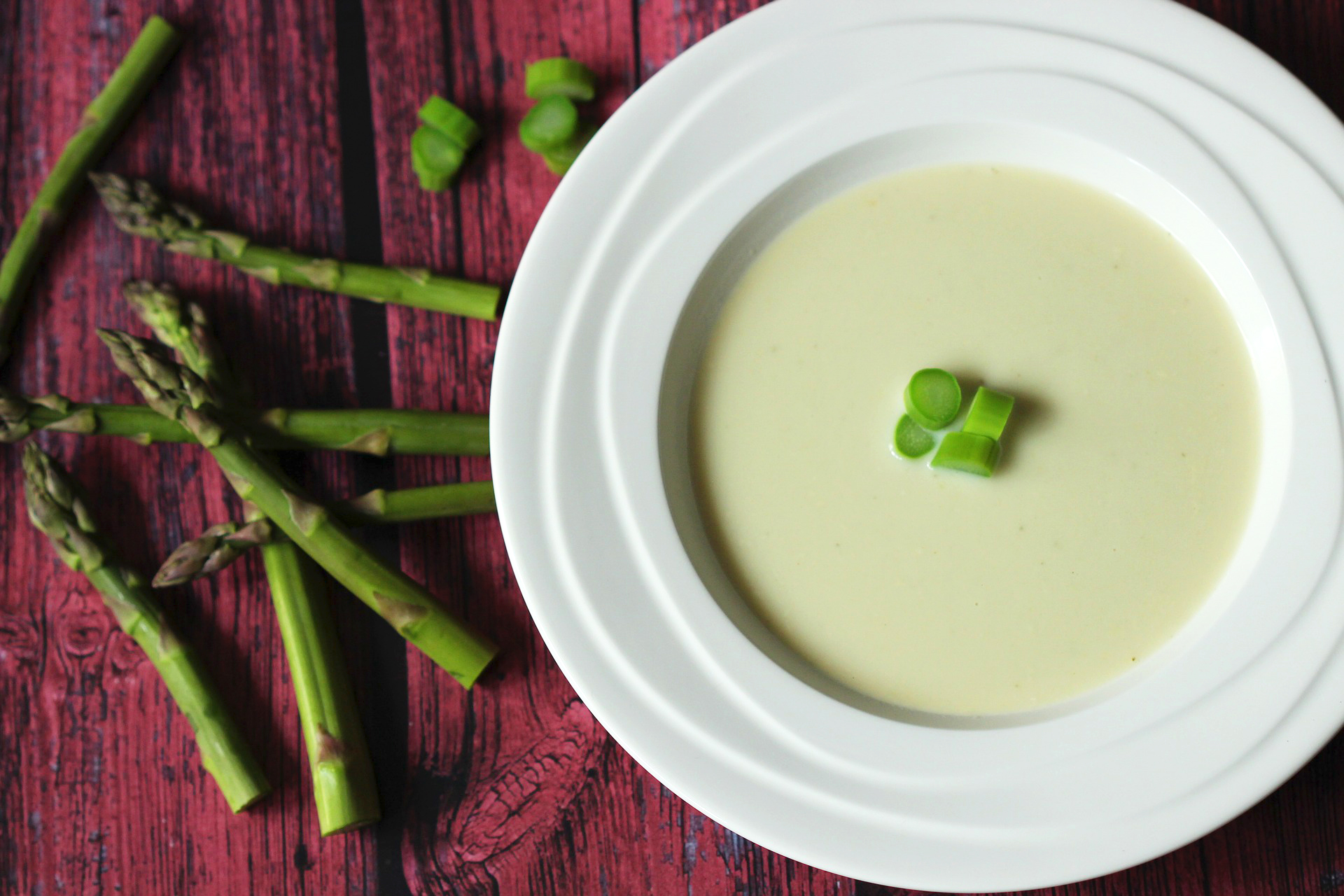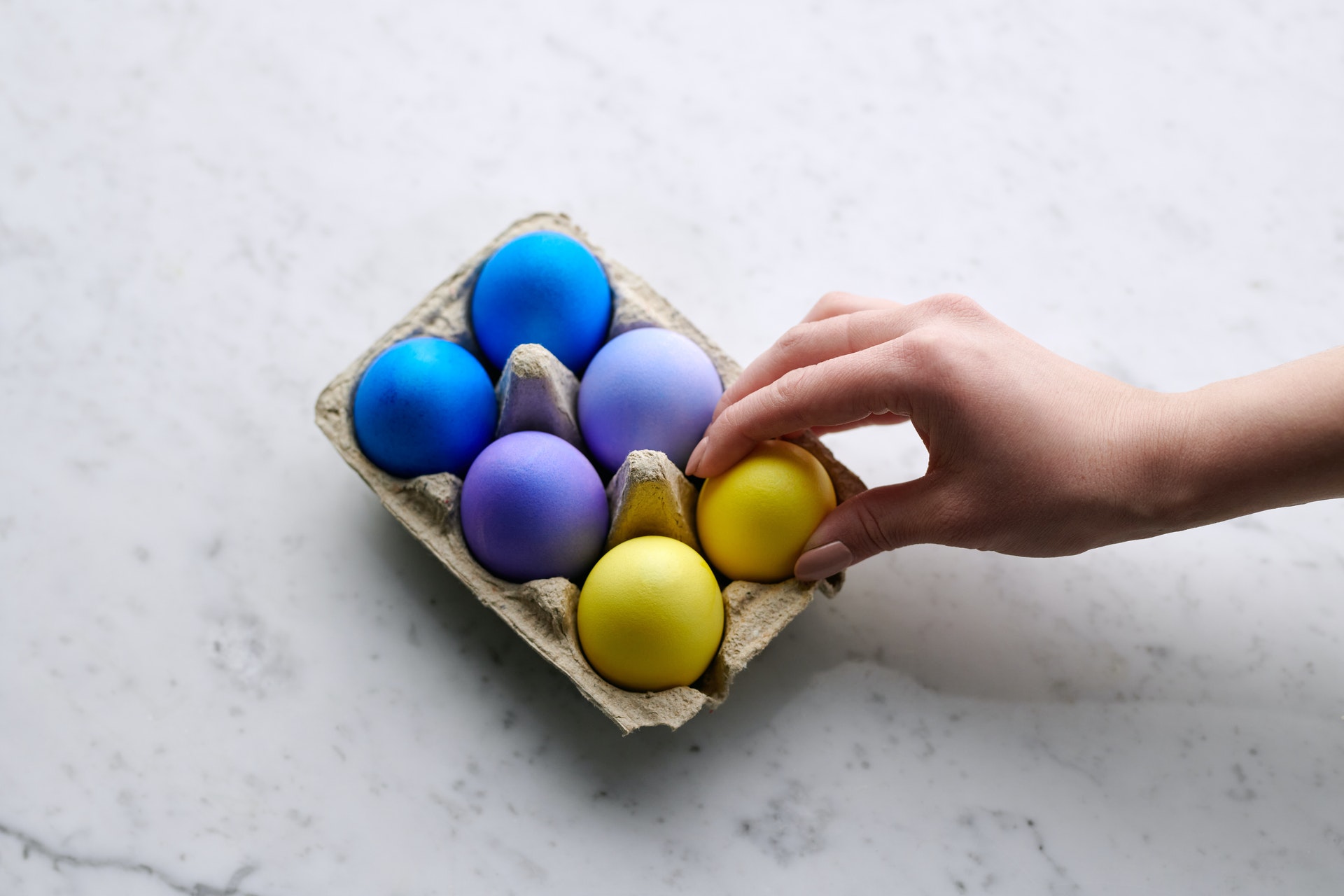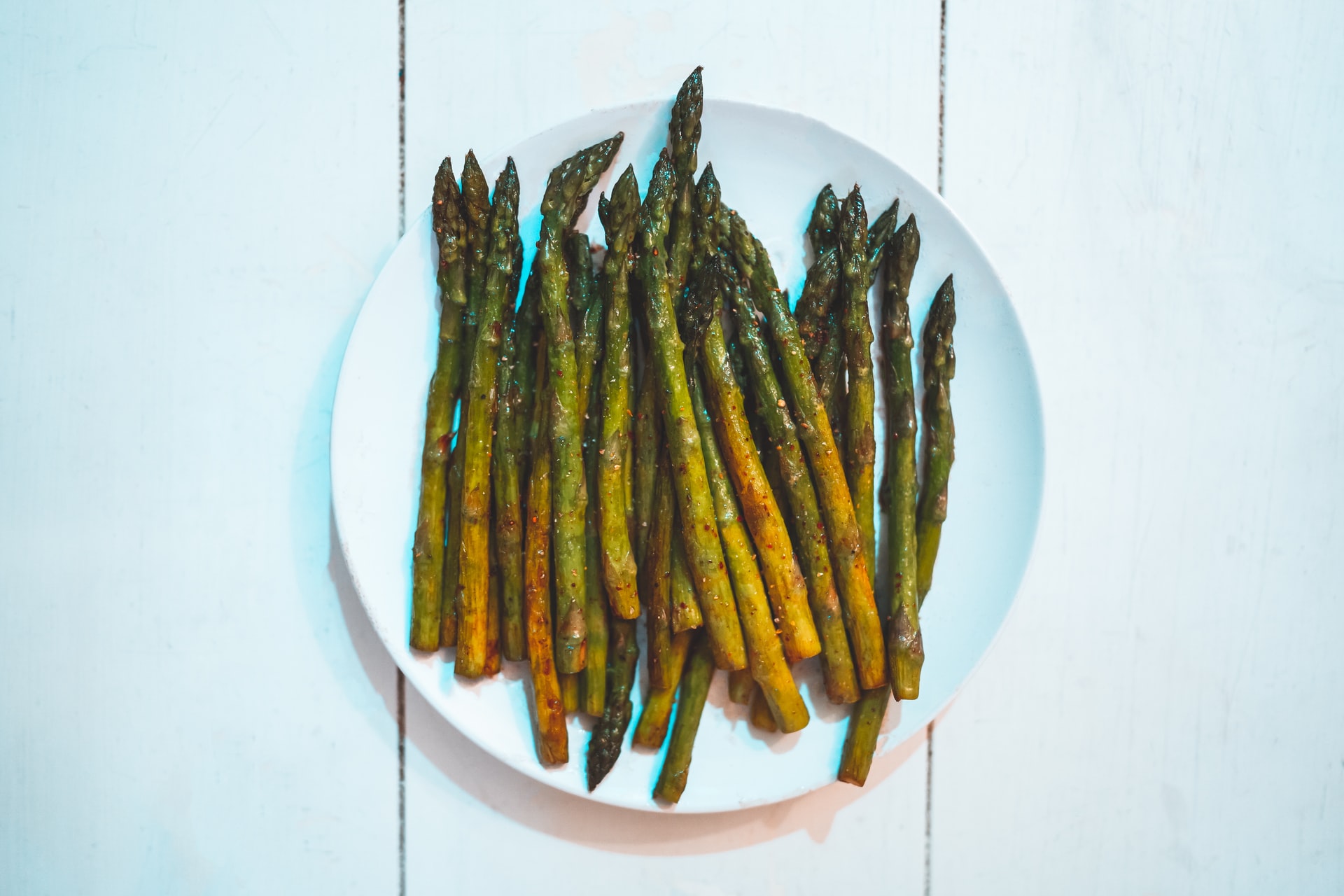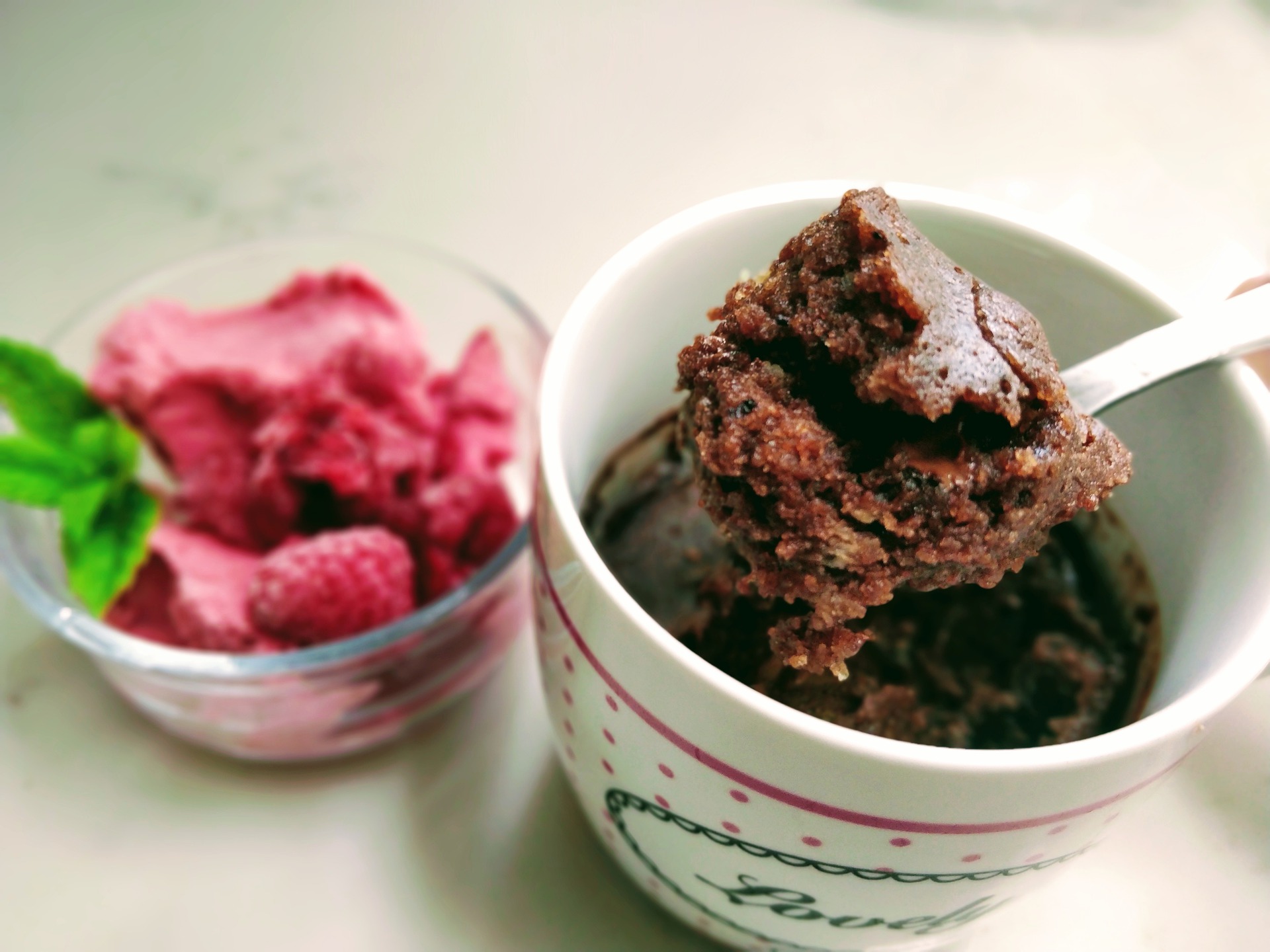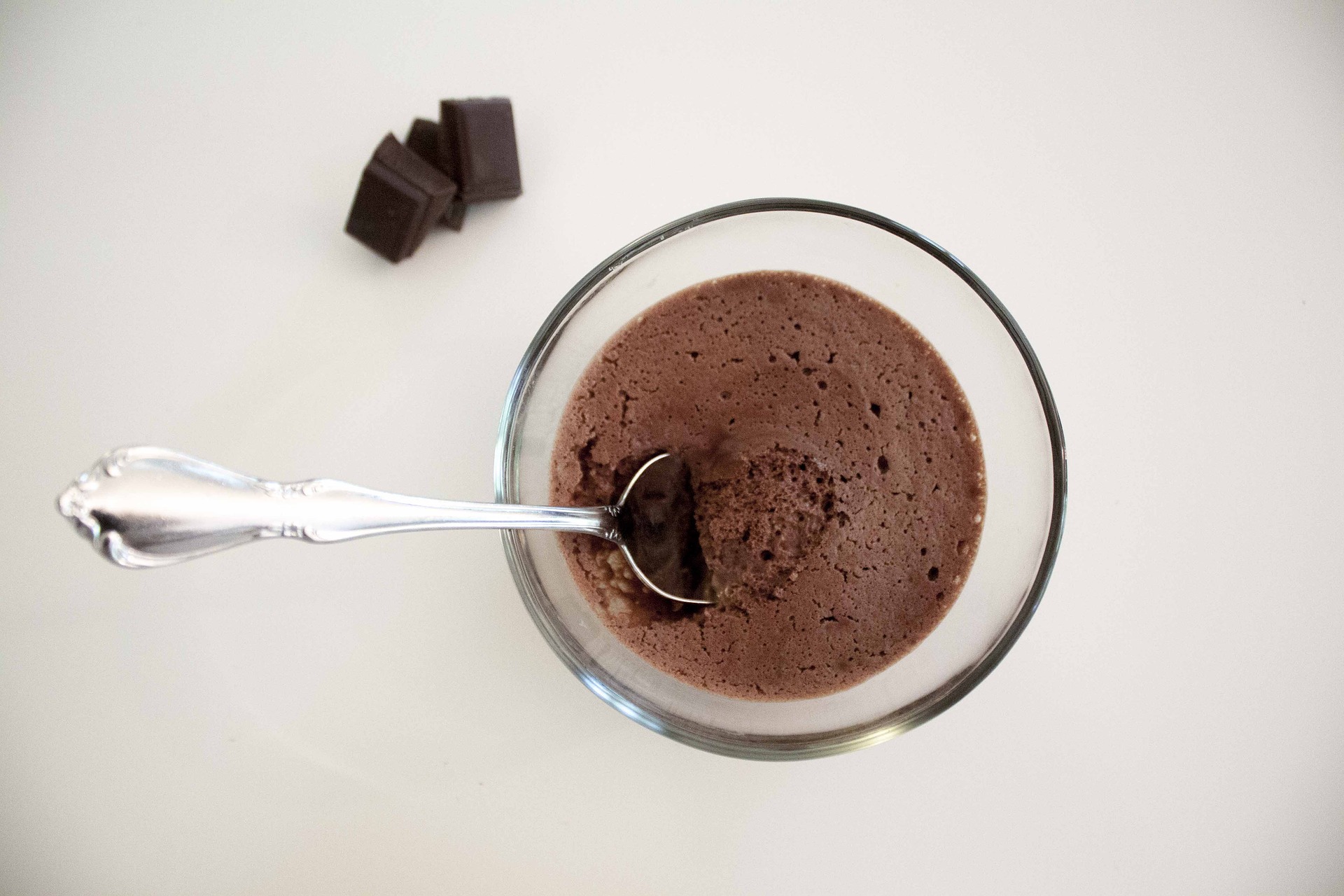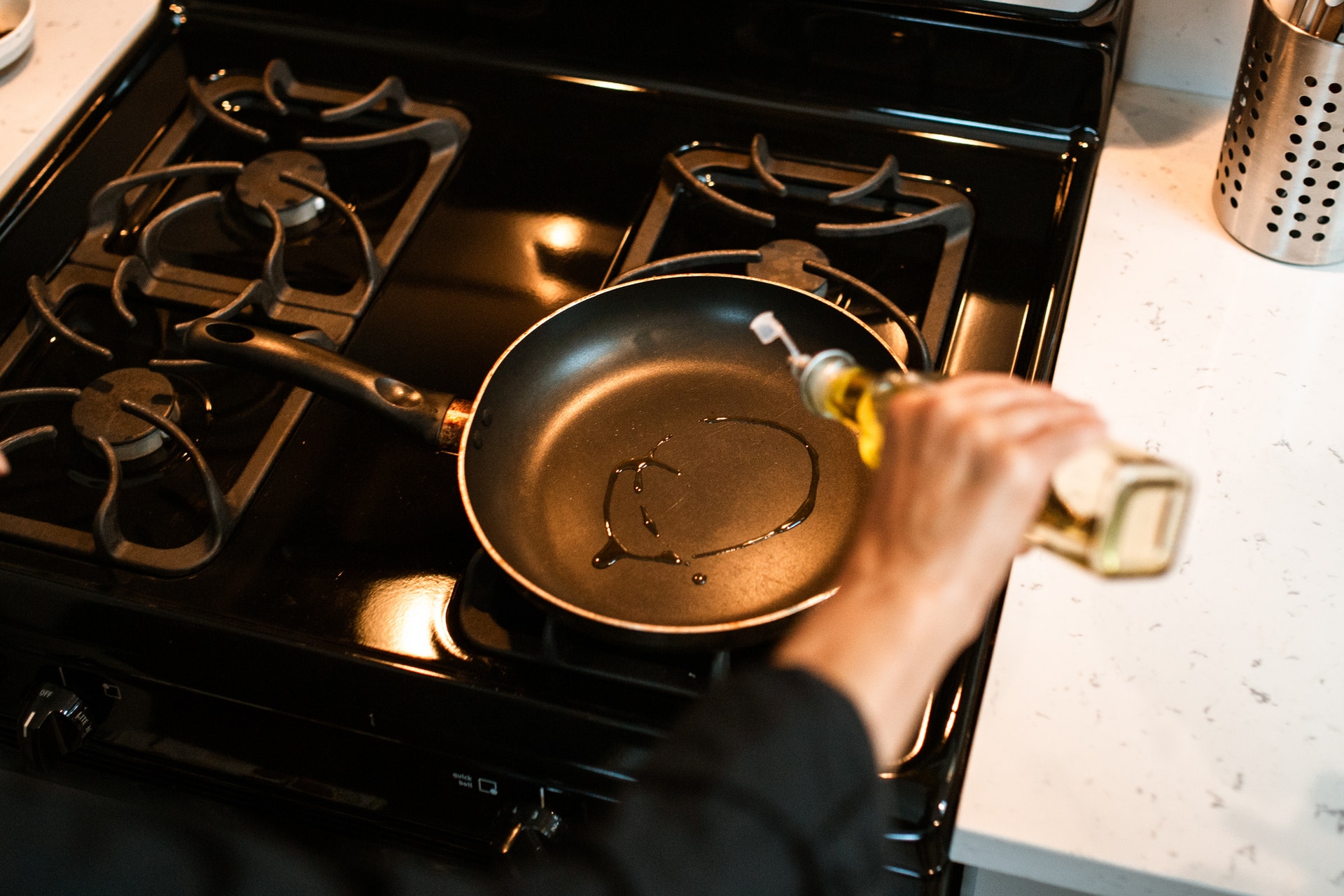A fresh and easy asparagus soup is the perfect meal when spring arrives. Make use of delicious seasonal asparagus with a base of onions, garlic and lots of chopped asparagus. This recipe calls for cream, but you can skip it if you’re looking for a lighter meal. The secret ingredient here is a little bit of vermouth at the end. Read how to prepare this dish below. Prep time: 15 minsCook time: 30 minsTotal time: 45 mins Ingredients: 2 lbs asparagus, trimmed of woody stem bottoms 1 large yellow onion, chopped (1 1/2 to 2 cups chopped) 1 teaspoon minced garlic, or 1 Tbsp minced green garlic 3 Tbsp butter 4 cups chicken broth or vegetable broth (vegetarian option) 1 cup water 2 sprigs of fresh thyme 1 bay leaf 1/4 cup chopped fresh parsley 1/4 cup heavy cream or full-fat sour cream 1 Tbsp dry vermouth 1 teaspoon lemon juice 1/2 teaspoon black pepper (more to taste) 1 teaspoon salt (more to taste) Directions: Cut asparagus tips and reserve, cut the rest of asparagus into 1/4-inch rounds. Cut tips from the asparagus 1 1/2 inches from top and reserve. Chop the rest of the asparagus stalks into 1/4-inch rounds. Sauté onions, garlic. Melt the butter in a 4 to 5 quart pot on medium heat. Add the onions and cook until translucent, about 5 minutes. Add the garlic (or green garlic) and cook a minute more. Add the chopped asparagus (not the spear tips) to the onions. Sprinkle with salt and pepper to taste. Cook another 5 minutes. Add the broth, water, thyme sprigs and bay leaf to the pot. Increase the heat to a boil, then reduce to a simmer. Simmer, covered, until the asparagus are tender, about 10 minutes. At the end of cooking, stir in the chopped parsley Blanch asparagus tips. While the soup is cooking, blanch the asparagus tips in a small pot of boiling, salted water, until the tips are just tender, about 2-4 minutes, depending on the size of the asparagus. Drain. Rinse with cool water to stop the cooking. Set aside. Purée the soup. Remove bay leaf and thyme sprigs. Use either an immersion blender or an upright blender (working in batches) to purée the soup. If you use an upright blender, work in small batches, fill no more than a third the blender bowl at a time, and hold down the lid while blending. For a creamy texture, if you want, press the puréed soup through a sieve or food mill. Stir in the cream (or full-fat sour cream). Stir in the vermouth and lemon juice. Season with salt and pepper to taste. Garnish with asparagus tips. Source: Simply Recipes

